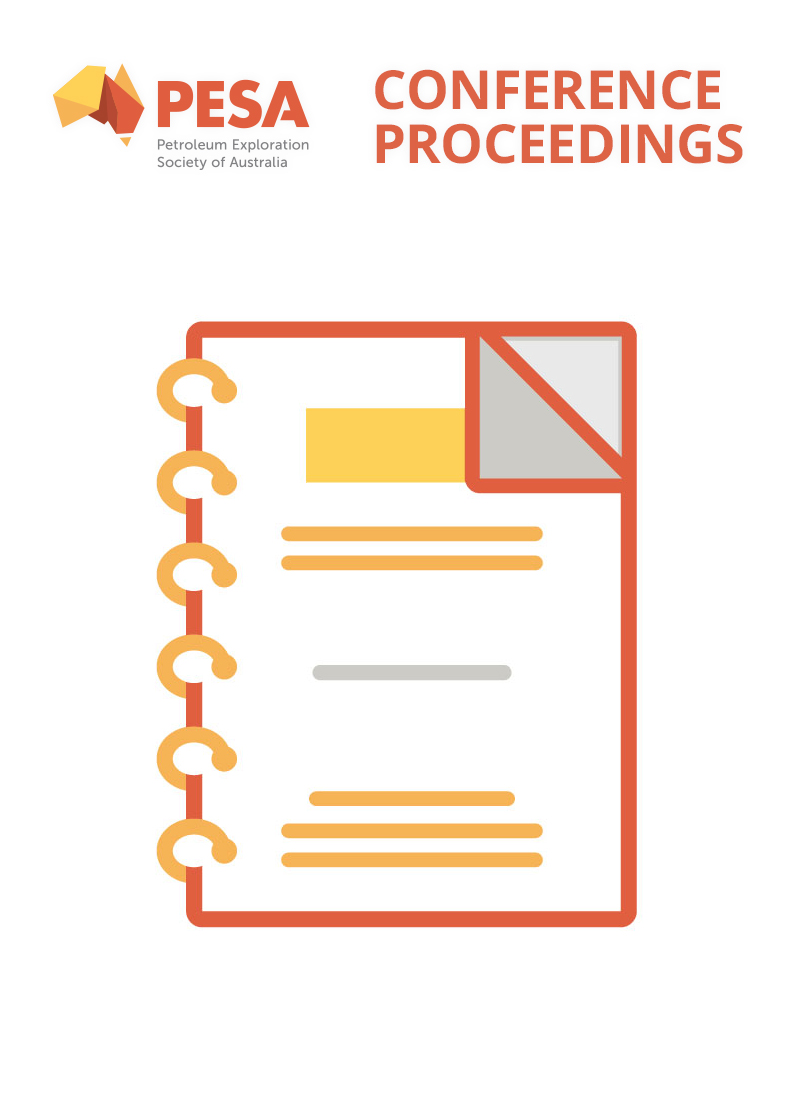Publication Name: Australasian Exploration Geoscience Conference 2019
Authors: Imogen Fielding, Simon Johnson
Date Published: September 2019
Number of Pages: 6
Abstract:
The timing and distribution of gold mineralization in Proterozoic orogens is influenced by crustal architecture which is often established long before gold mineralization occurs. Gold occurrences in such settings are commonly associated with crustal-scale faults formed at cratonic margins. Once established, these faults provide critical pathways for hydrothermal and mineralizing fluids which during repeated fault reactivations can result in remobilization or introduction of new auriferous fluids resulting in overprinting gold events. Recently published geochronological data for the northern part of the Proterozoic Capricorn Orogen in Western Australia show it has experienced at least three episodes of gold mineralization occurring at c. 2400, 1770 and 1680 Ma. Many of the gold deposits are associated with intracratonic reworking during the 1820–1770 Ma Capricorn Orogeny and 1680–1620 Ma Mangaroon Orogeny. Intracratonic settings are not normally considered prospective for gold mineralization due to a lack of input of juvenile material. However, it appears that repeated hydrothermal fluid flow during intracratonic events, has the potential to upgrade gold mineralization or increase gold endowment throughout the orogen, either through gold remobilization or through introduction of new gold, increasing the potential for economic gold deposits.

